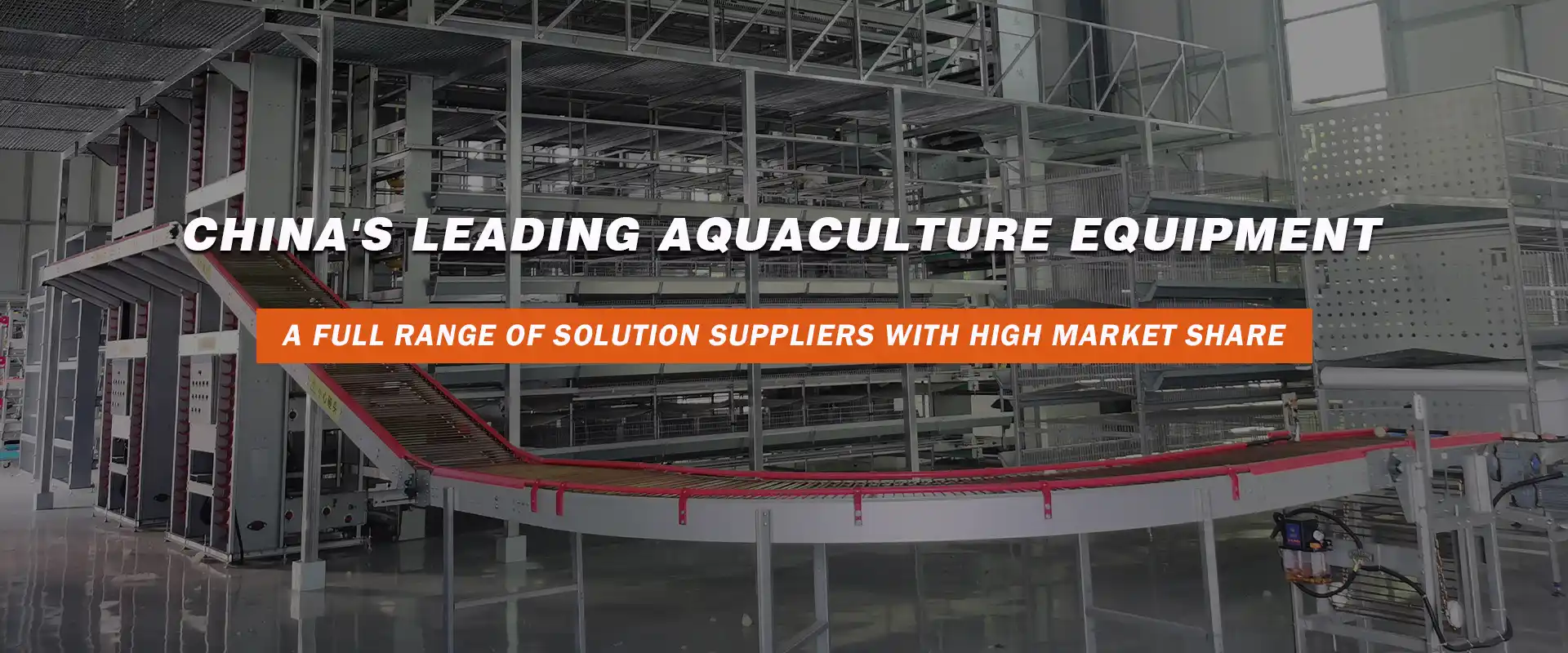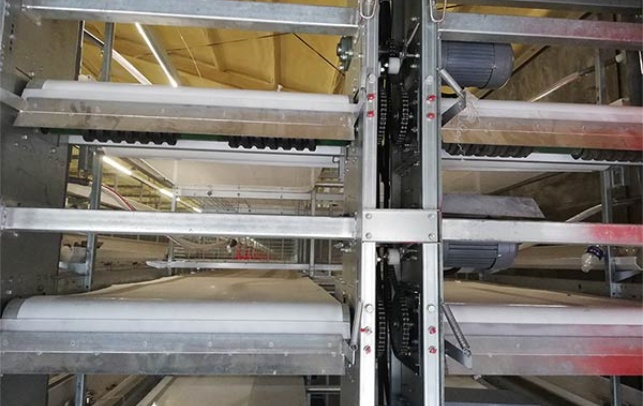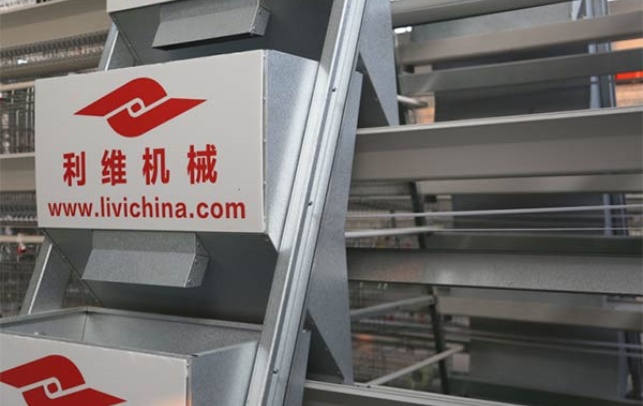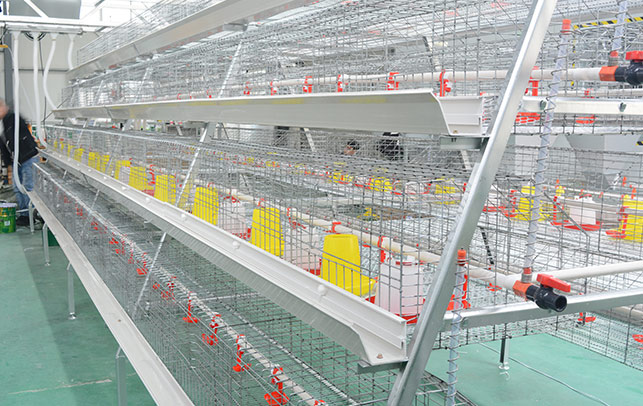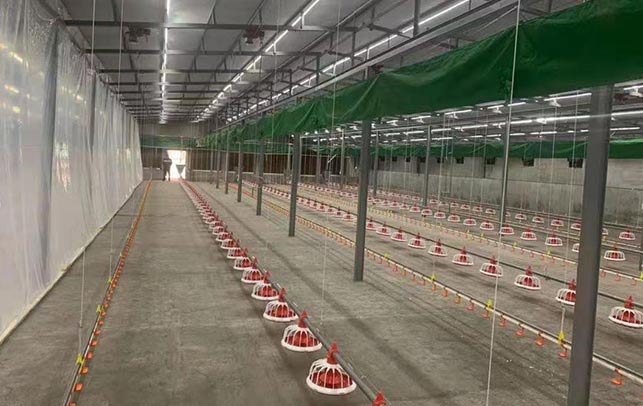How do you calculate ventilation for poultry?
Time : 2024-06-21
Creating and maintaining a favorable environment for poultry is a cornerstone of successful poultry farming. Central to this endeavor is proper ventilation, which regulates temperature, humidity, and air quality within poultry houses.
In this study, we explain how to calculate ventilation for poultry. We also discuss important equipment for poultry farming. Additionally, we look at ways to create a healthy and productive environment for poultry.
The Crucial Role of Ventilation in Poultry Farming
Effective ventilation is paramount in ensuring the well-being and productivity of poultry. Ventilation is important for controlling temperature, humidity, and air quality in poultry houses to prevent respiratory problems.
1. Temperature Regulation
It is important to protect poultry from extreme temperatures by using proper ventilation. This helps prevent heat stress in hot weather and keeps them warm in colder climates.
2. Moisture Control
Good ventilation prevents too much moisture, stopping humidity from causing breathing problems and the spread of germs.
3. Air Quality
Good ventilation helps keep poultry healthy by providing fresh air and reducing harmful pollutants in the air. It supports their respiratory health.
Equipment Used in Poultry Ventilation
1. Exhaust Fans: Enhancing Airflow
Exhaust fans serve as the primary mechanism for expelling stale air and moisture from poultry houses. Their strategic placement helps create a negative pressure environment. This enables the extraction of indoor air and the entry of fresh air through inlets. This promotes a good airflow pattern.
2. Inlet Vents: Facilitating Fresh Air Influx
Inlet vents play a pivotal role in ensuring the uniform distribution of fresh air within poultry houses. By fostering balanced airflow, these vents play a pivotal role in maintaining consistent environmental conditions, thus minimizing the accumulation of airborne contaminants.
3. Ventilation Controllers: Automated Airflow Management
Ventilation controllers use technology to control fans and inlets based on real-time measurements of temperature, humidity, and air quality. This automated control system ensures that environmental parameters remain within the desired range, optimizing airflow management.
Fan Selection and Sizing: Vital Considerations
1. Fan Selection: Focusing on Efficiency
Airflow efficiency, noise levels, energy consumption, and durability are pivotal factors when selecting fans for poultry ventilation. Centrifugal fans and axial fans are commonly used. They offer different benefits in terms of air movement and energy efficiency.
Centrifugal fans are good at moving air efficiently. Axial fans are good at moving a large volume of air.
2. Fan Sizing: Precision for Optimal Ventilation
Correct fan sizing is critical in achieving the desired ventilation rate within poultry houses. Calculations are made to determine the size and number of fans needed for proper air quality and conditions. The size of the house, the number of birds, and the desired air changes per hour are all taken into account. This helps in figuring out the right size and number of fans needed.
Sustainable Ventilation Strategies for Poultry Farms
1. Variable Speed Controls: Optimizing Energy Usage
Variable speed controls for fans can adjust airflow based on current environmental conditions. This improves ventilation and saves energy. It also helps with efficient and affordable operations.
2. Inlet Management: Enhanced Control for Efficiency
Adjustable inlets can control the amount and direction of incoming air. This creates an efficient ventilation system for poultry farms. The system is responsive and energy-saving.
3. Insulation and Sealing: Minimizing Energy Loss
Insulating and sealing poultry houses keep heat inside, reducing energy needed to maintain temperature levels. This promotes sustainable and efficient ventilation practices.
In short, it is important to calculate ventilation needs and select the appropriate equipment for poultry farming. This is essential for maintaining a healthy and productive environment.
Proper ventilation is crucial for the well-being of the poultry. Choosing the right equipment can help ensure the success of the farming operation. By integrating sustainable ventilation strategies, poultry farmers can ensure the sustained well-being and productivity of their flocks while advancing environmentally responsible farming practices.




